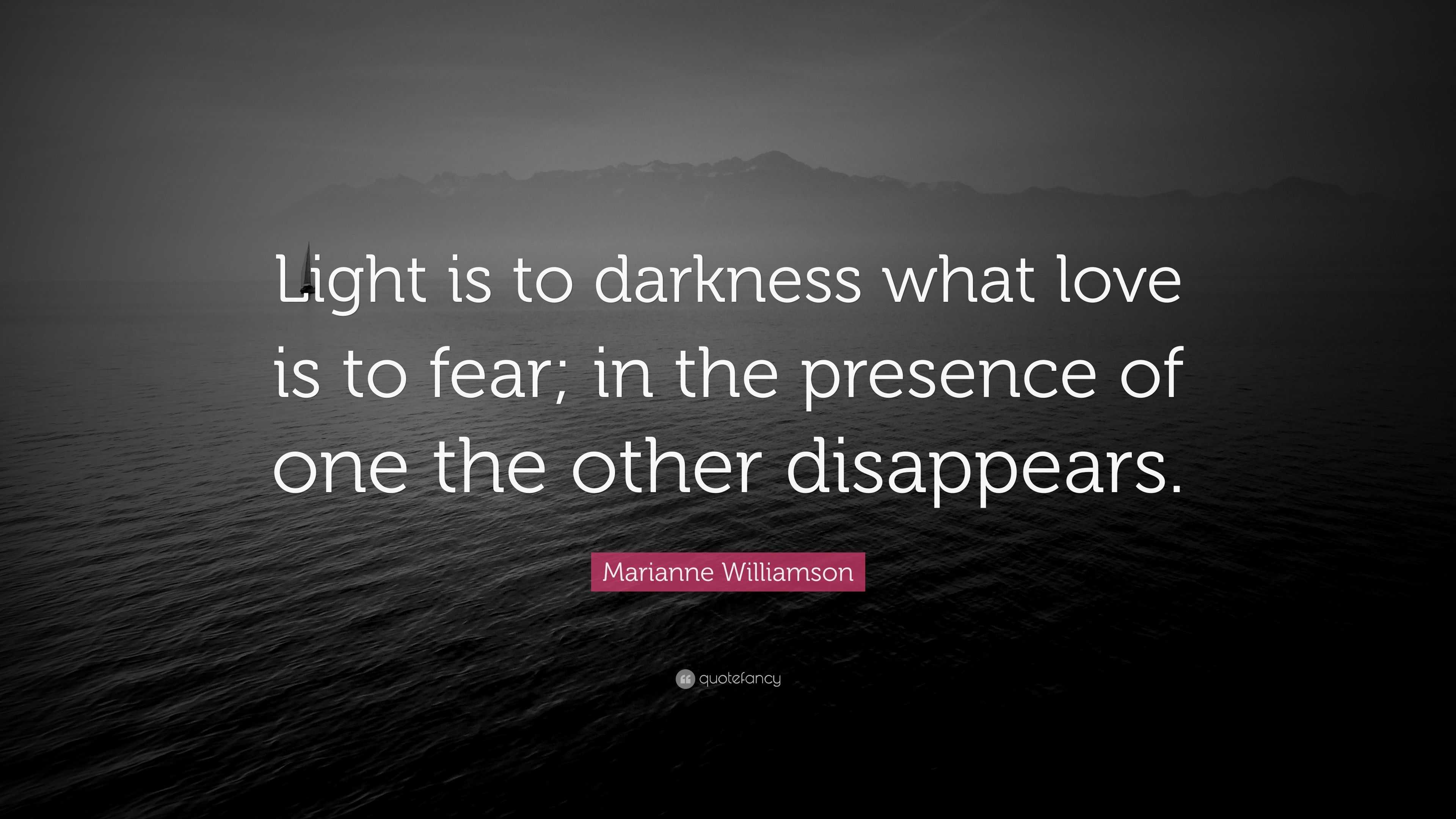

When that happens, she says, “all the world will be in love with night / And pay no worship to the garish sun.” Juliet knows that she and Romeo can only be together in the dead of night and wishes that it could be dark out forevermore so that their time together could be uninterrupted.

Juliet, on the other hand, sees Romeo as “stars.” She looks forward to the moment he brings her to climax-when she shall “die,” she says, invoking the Elizabethan meaning of the phrase “to die” as “to orgasm”-and she sees his face “cut out in little stars” and spangled through the heavens. Thus, Romeo portrays the light of Juliet, the “sun,” as an annihilating force which harshly reveals hidden things and leaves no room for old loves or old behaviors to hide. But given the moon’s mythic association with Diana, Roman goddess of the moon and protectress of virgins, Romeo is also begging Juliet to cast off her virginity to be with him. Romeo wants Juliet’s light to blot out the “moon” of his old love, Rosaline. Though Romeo does proclaim, early on in the play, that “Juliet is the sun,” his personification of her as a bright, solar force quickly turns dark and violent as he urges her to “kill the envious moon”-a quote that has two meanings. In the world of this play, dawn, day, and bright lights are, overwhelmingly, negative-night, the only time Romeo and Juliet can be together in secret, is the time of day they both long for, and together they grow to lament the arrival of the days that pull them apart. Shakespeare, however, turns these commonplace associations on their heads and inverts both symbols. Light is typically a symbol of openness, purity, hope, and good fortune, while dark often represents confusion, obscurity, and doom. Romeo and Juliet complicates traditional notions of light versus dark and day versus night.


 0 kommentar(er)
0 kommentar(er)
